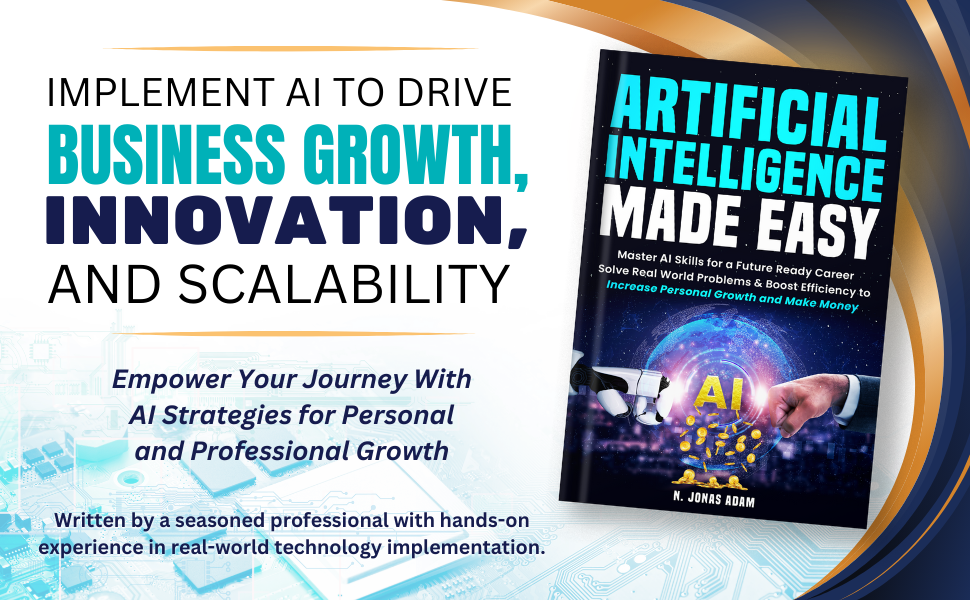As data centers continue to grow in size and complexity, the need for efficient cooling and power management becomes increasingly important. Without proper cooling and power solutions in place, data centers can encounter a range of issues that can impact performance and reliability. In this article, we will discuss some common problems related to data center cooling and power and provide troubleshooting tips to address them.
One of the most common issues data centers face is overheating. When servers and other equipment generate heat, it can quickly accumulate in the data center, leading to high temperatures that can damage hardware and impact performance. To address overheating, data center managers should ensure that they have adequate cooling systems in place. This can include air conditioning units, fans, and other cooling technologies that can regulate the temperature in the data center.
If overheating is a persistent issue, data center managers may need to consider reconfiguring the layout of the data center to improve airflow and ventilation. This can involve rearranging equipment, adding additional cooling units, or implementing hot and cold aisle containment strategies to better manage airflow and temperature distribution.
Another common issue related to data center cooling is power consumption. Cooling systems can account for a significant portion of a data center’s energy usage, so it is essential to optimize cooling systems to reduce power consumption and lower operating costs. Data center managers can achieve this by regularly monitoring and adjusting cooling settings, implementing energy-efficient cooling technologies, and ensuring that cooling systems are properly maintained and serviced.
In addition to cooling problems, data centers may also encounter power issues that can impact performance and reliability. Power outages, surges, and fluctuations can cause downtime and data loss, so it is crucial to have robust power management systems in place. Data center managers should invest in uninterruptible power supply (UPS) systems, backup generators, and surge protection devices to ensure that critical systems remain operational during power disturbances.
To troubleshoot power problems, data center managers should regularly test and inspect power systems to identify any potential issues before they escalate. This can include checking for loose connections, monitoring power usage, and conducting regular maintenance on UPS systems and generators. In the event of a power outage or surge, data center managers should have a comprehensive disaster recovery plan in place to minimize downtime and data loss.
In conclusion, addressing data center cooling and power problems is essential for maintaining optimal performance and reliability. By implementing efficient cooling and power management strategies and regularly monitoring and troubleshooting potential issues, data center managers can ensure that their data centers operate smoothly and efficiently. By following the troubleshooting tips outlined in this article, data center managers can proactively address cooling and power problems and minimize the risk of downtime and data loss.



















